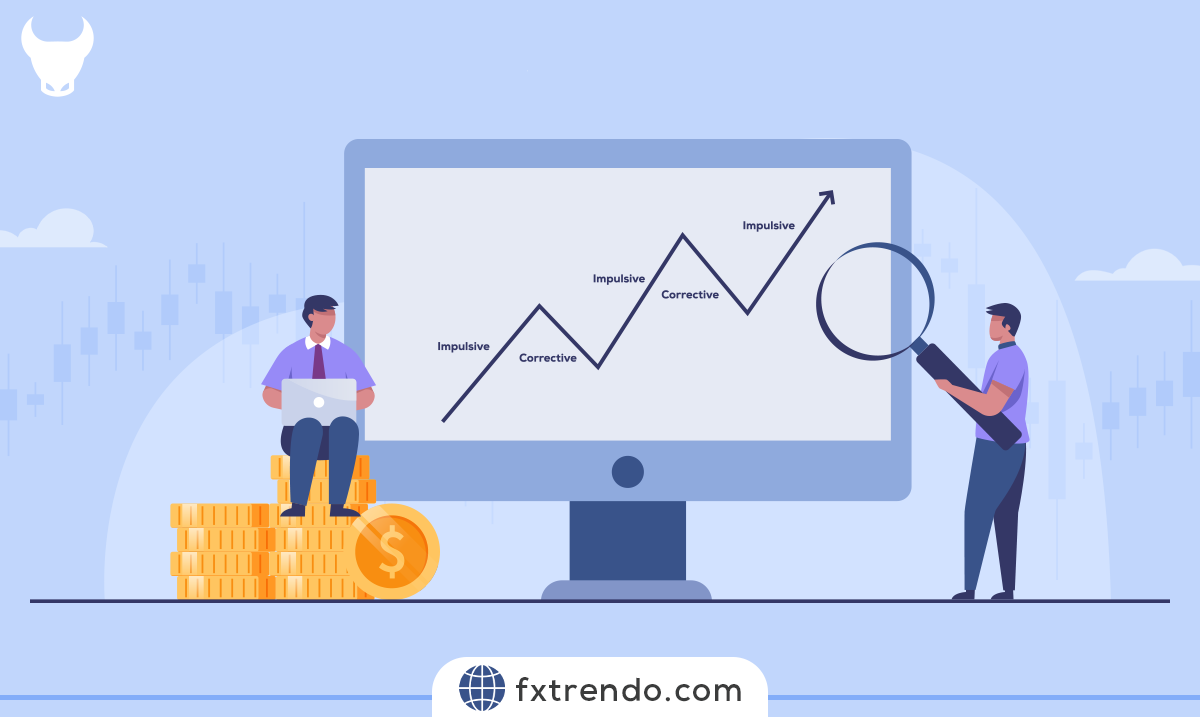
Commerce


pour les clients


A propos de nous
Echanger
Clients
Analytique
Nouvelles
Didacticiel
A propos de nous


















